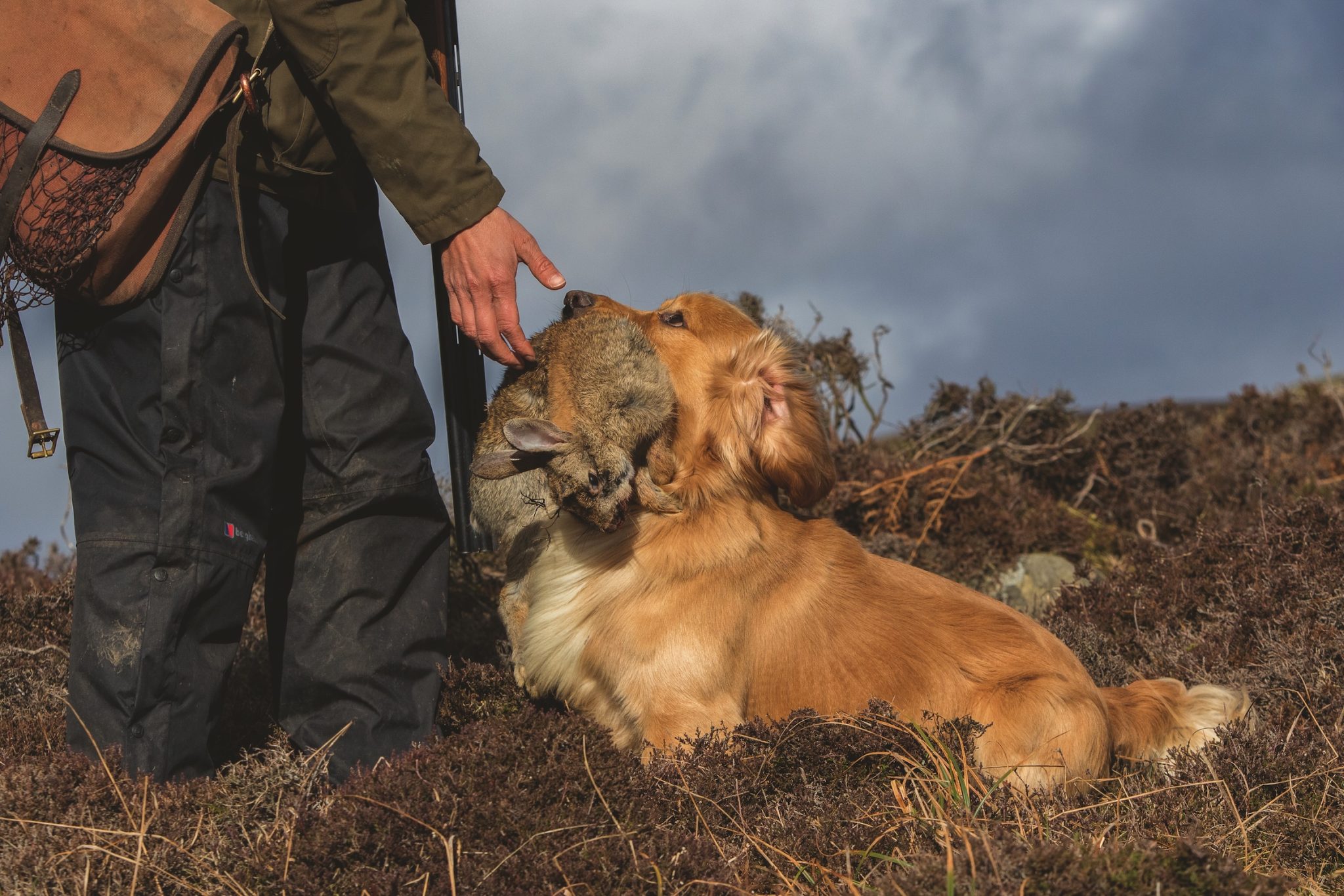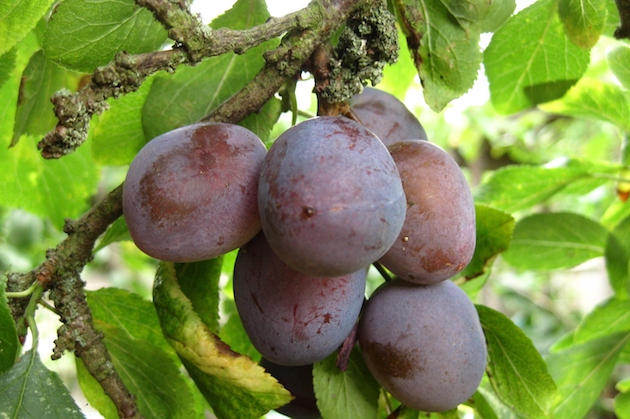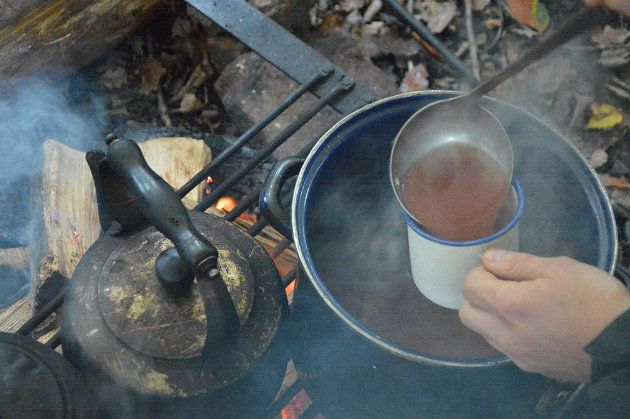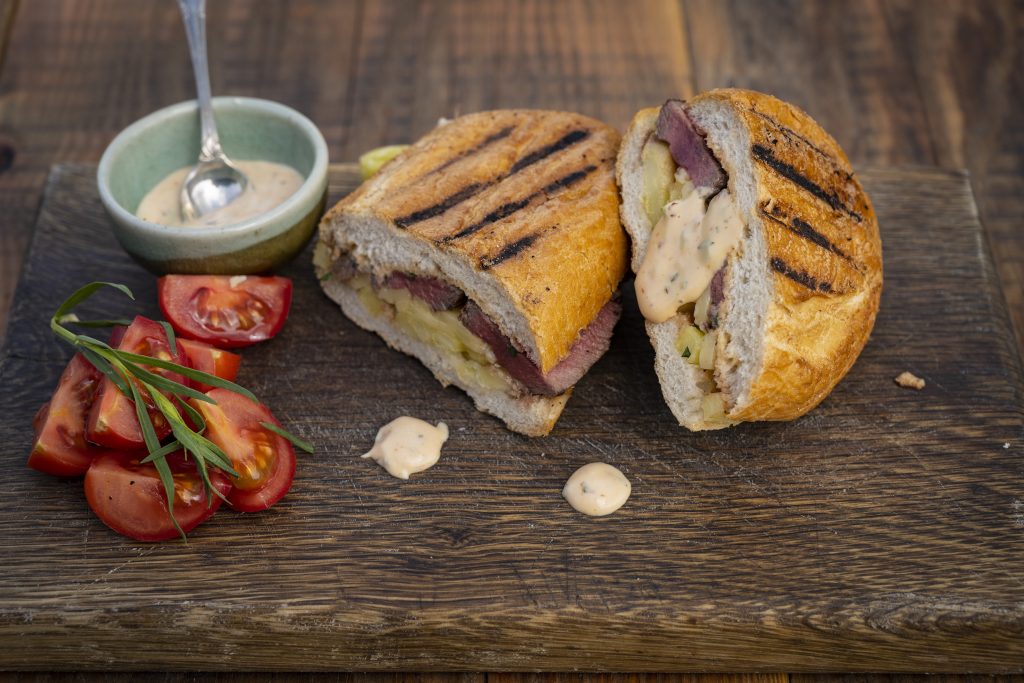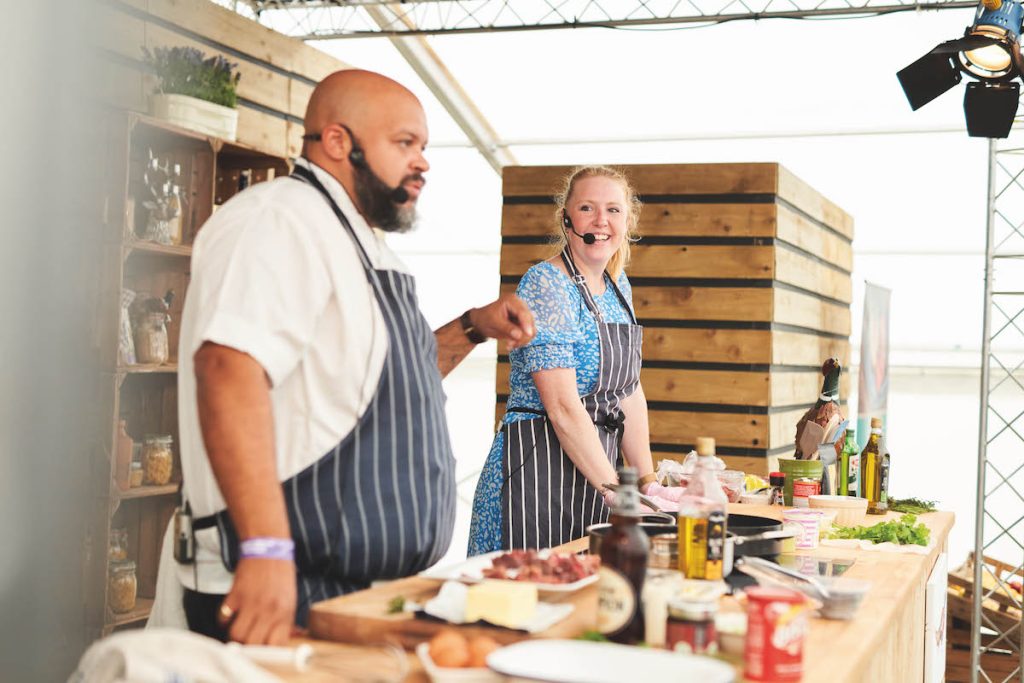Early September is the perfect time to make damson vodka when these hedgerow fruits are ripe. Use our simple recipe…
Win CENS ProFlex DX5 earplugs worth £1,149 – enter here
A sloe gin recipe for a cold winter day in the field
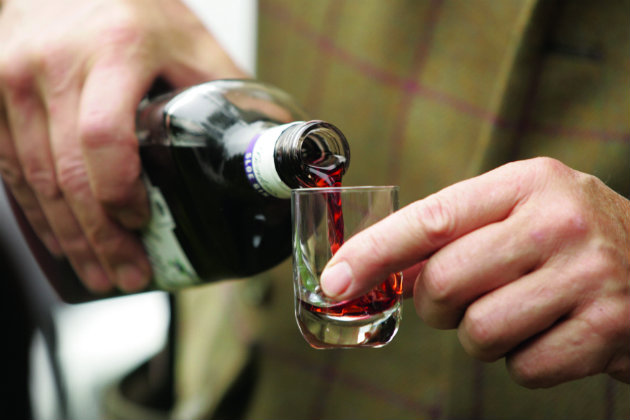
There are few things more satisfying than being able to make the most of what you bring home after a productive day in the field, and sloe gin is one of my favourite foraged treats. It’s not difficult to harvest the fruit of the blackthorn so, even if you fail to bag whatever quarry you had set your sights on, you can always stuff your pockets with sloes to ensure that you still go home with something useful.
Sloes best after a touch of frost?
Where I live in the West Country, we usually pick sloes during the last weekend in September, though it varies slightly depending on the weather. Some people say they are best after a touch of frost but, given that we saw very few cold days prior to Christmas last year, the sloes would have been long gone by the time we had waited for the mercury to fall below zero. I think that sloes are ready for picking when they start to turn soft and juicy.
“Sloe gin tastes of the hedgerow, and a tot of this crimson liqueur is a great way to warm you up when you slump into the sofa on a cold evening”
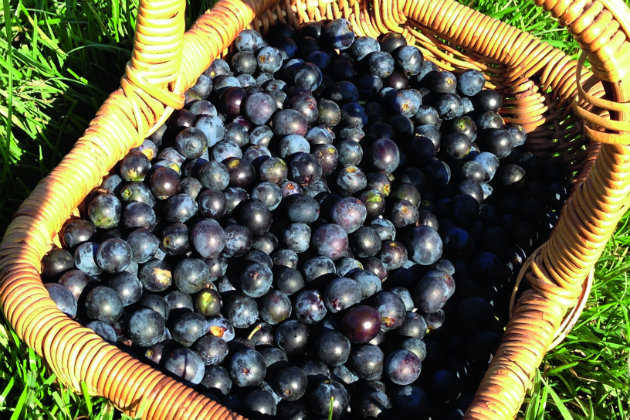
You will need a pound of sloes to each litre of gin
Take a bite on the blackthorn’s fruit in its raw state and the bitterness will pucker your mouth. However, with a few basic ingredients and a little patience, this wonderful deep-purple berry can be transformed into a delicious festive tipple. Sloe gin tastes of the hedgerow, and a tot of this crimson liqueur is a great way to warm you up when you slump into the sofa after a cold evening in the woods. It’s also a lovely tipple to offer to dinner guests.
This sloe gin recipe is just a starting point and you may wish to vary the ratios according to taste after your first batch. If you want to make more, increase all the volumes while keeping the ratio roughly the same. We always decant our sloe gin on Christmas Eve, some three months after making it. The brew is said to taste even better if given more time to mature but, though we’ve tried making large batches to leave us with a surplus, the last drop always seems to disappear shortly after the festive season.
You should find sloes in any overgrown stretch of hedgerow that contains blackthorn. The fruit is round, waxy-skinned and dark purple/black in colour. They are unlikely to be confused with anything else, apart from damsons, which are bigger but make an equally nice brew.
You’ll need a decent crop to make sloe gin, so you may need to gather your harvest over several shooting trips, or rope in friends and family to help with the picking.
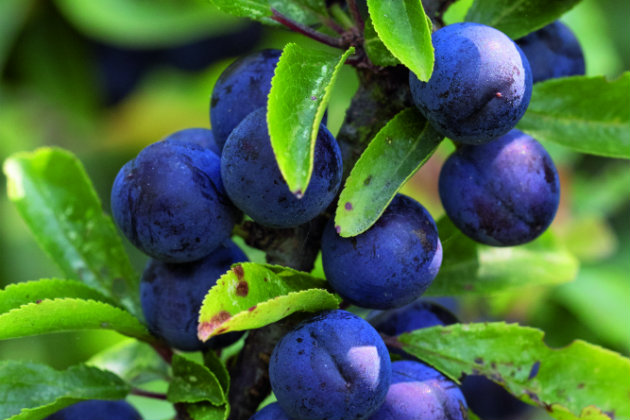
The wonderful deep-purple berry of the blackthorn can be transformed into a delicious festive tippled
Blackthorn folklore
The blackthorn tree (Prunus spinosa) is shrouded in folklore and superstition, from accounts of the wood being used to make witches’ wands to tales of bushes being guarded by grumpy fairies — and it is said to be unlucky to bring a branch from the blackthorn into the house.
A brew made from the bark of the blackthorn tree was said to cure bronchitis while, on Dartmoor, it was once believed that boils could be remedied if the sufferer crawled backwards around a blackthorn three times. And don’t get too excited if you happen across a bumper crop of sloes; for the superstitious, heavy fruiting blackthorn heralds a winter of sickness.
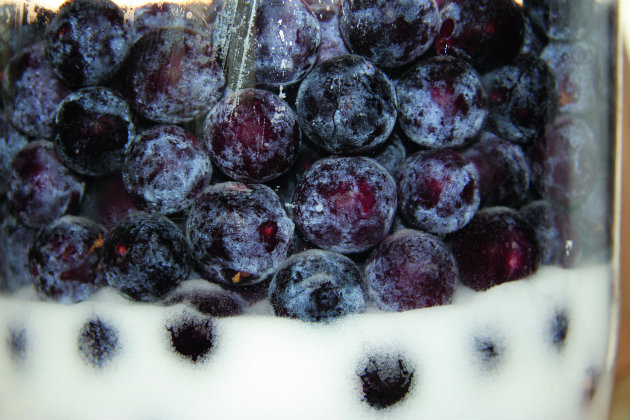
Freezing the sloes overnight will cause the fruits to split open and release more of their dark-purple juice
My recipe for sloe gin
You will need
- 1 lb of sloes
- 1 litre of gin
- 6oz caster sugar
- Freezer bags
- Screw-top bottles
- Colander
- Funnel
- Rinse the sloes in a colander under running water, then split them to help release the juice. This was traditionally done with a thorn from a blackthorn bush but takes an age — the easiest way to split sloes is to put them in a plastic bag and leave them in the freezer overnight. Expansion caused by the freezing process bursts the skin of the sloes and leaves them oozing juice when defrosted.
- Transfer frozen sloes from the freezer bag into a bottle and tip the sugar on top — this is easiest with a funnel. Pour in the gin and seal the cap. Some people like to add a drop or two of vanilla essence but I think it overpowers the flavour of the sloes.
- Give the brew a thorough shake to mix all the ingredients and store it in a cool, dark place. Give it a good shake every day for the first week to help the sugar dissolve — it happens quicker if you use caster sugar — then give it a weekly slosh thereafter to help it to blend. The sugary solution will draw the juice, colour and avour from the sloes, producing a delicious, warming, syrupy liqueur.
Decanting the gin
You will need
- The sloe gin
- Measuring jug
- Funnel
- Screw-top bottles or a decanter
- Fine sieve or tea strainer
- Tea towel or muslin cloth
- It is likely that the months of sloshing your burst sloes will have resulted in a fair amount of sediment. Place a fine sieve or tea strainer over a measuring jug and pour the sloe gin through very slowly. It is likely that the sieve will get clogged with sediment so you’ll need to give it a rinse from time to time.
- When the measuring jug is about three-quarters full (you don’t want it to be too heavy), transfer the gin to a bottle or decanter, giving it a final refinement — to get a really clear sloe gin, line a funnel with muslin cloth or a tea towel. This will act as a very ne lter, straining out any remaining particles as you pour it from the measuring jug into the bottle. You can’t do this without straining the solution rst because the cloth would get completely clogged.
- Repeat the process until you have decanted all of it. The resulting brew could be any colour from bright pink to dark purple — it will vary from year to year, depending on the weather, when and where you pick your sloes, and how many you put in. Enjoy!
A proper countryman’s recipe for bullshot
Nick Weston prepares a feisty cocktail to revive your spirits out in the field
Related Articles
Get the latest news delivered direct to your door
Subscribe to Shooting Times & Country
Discover the ultimate companion for field sports enthusiasts with Shooting Times & Country Magazine, the UK’s leading weekly publication that has been at the forefront of shooting culture since 1882. Subscribers gain access to expert tips, comprehensive gear reviews, seasonal advice and a vibrant community of like-minded shooters.
Save on shop price when you subscribe with weekly issues featuring in-depth articles on gundog training, exclusive member offers and access to the digital back issue library. A Shooting Times & Country subscription is more than a magazine, don’t just read about the countryside; immerse yourself in its most authoritative and engaging publication.




